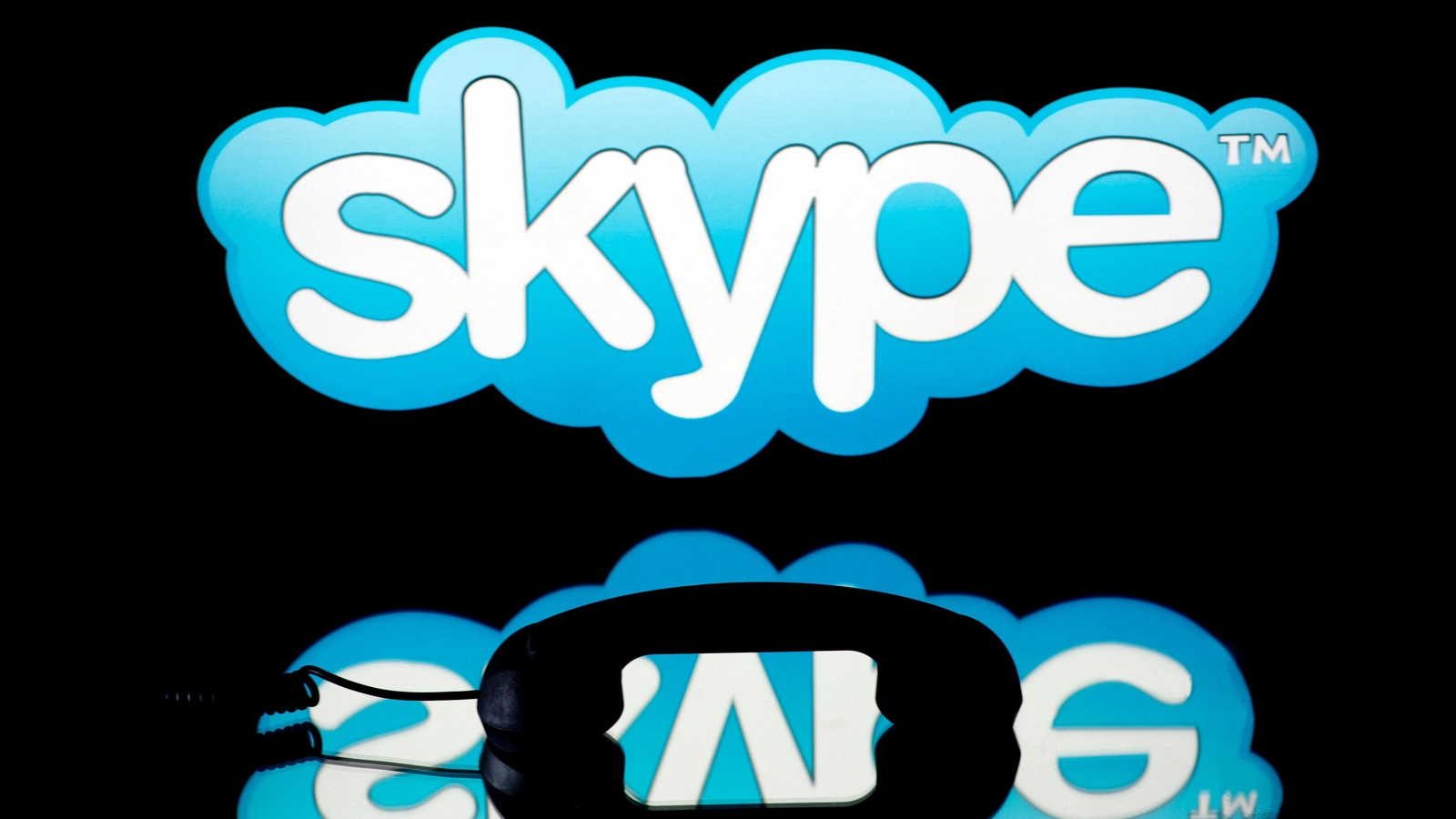In a major shift that marks the end of an era in digital communication, Microsoft has officially shut down Skype as of May 5, 2025. Once the pioneer of internet-based voice and video calls, Skype is being phased out as part of Microsoft’s long-term plan to streamline its services and consolidate communications under the Microsoft Teams ecosystem.
With Skype now officially discontinued, millions of users are left seeking new, reliable alternatives. If you’re one of them, don’t worry—several powerful and user-friendly options are ready to take its place.

Why Microsoft Shut Down Skype in 2025
A Strategic Shift Toward Microsoft Teams
In an official statement, Microsoft explained the decision to retire Skype as a necessary step toward simplifying its suite of consumer communication tools. Microsoft stated:
“To streamline our free consumer communications offerings so we can more easily adapt to customer needs, we will be retiring Skype in May 2025 to focus on Microsoft Teams (free), our modern communications and collaboration hub.”
This pivot reflects Microsoft’s commitment to unifying its communication services and building around Teams as the go-to platform for video calls, chats, and collaboration.
Transition Period and Migration Support
Microsoft didn’t leave Skype users in the dark. From February to May 2025, a transition period was provided, giving users time to move their data and adjust to the new platform.
Key Points of the Transition:
-
Users can log into Microsoft Teams (Free) using their existing Skype credentials.
-
All essential data—contacts, messages, call history—is automatically ported over to Teams.
-
Microsoft has ceased selling new Skype Credit and calling plans, although existing users can continue using paid services until their billing cycle ends.
-
Unused Skype Credit will remain accessible even after Skype’s shutdown.
Five Best Alternatives to Skype in 2025
With Skype officially offline, here are five excellent alternatives that meet the needs of both casual and professional users.
1. Zoom – Best for Professional Meetings and Webinars
Zoom has firmly established itself as a top video conferencing platform. Originally designed for enterprise communication, it’s also widely used in education and casual group chats.
Key Features:
-
Free tier allows 40-minute group meetings
-
HD video and audio, screen sharing, and virtual backgrounds
-
Breakout rooms and webinar features
-
Works across desktop, web, and mobile
2. Google Meet – Ideal for Google Ecosystem Users
If you’re already using Gmail and Google Calendar, Google Meet is a natural fit. It requires no additional downloads and works seamlessly within the Google Workspace.
Key Features:
-
Browser-based video calls—no installation needed
-
Integrated with Google Calendar for easy scheduling
-
Real-time captions, screen sharing, and secure calls
-
Ideal for personal and business use
3. WhatsApp & Signal – Best for Secure Mobile Communication
For mobile-first users, WhatsApp and Signal are two of the most secure and widely used messaging platforms.
WhatsApp:
-
End-to-end encrypted video and voice calls
-
Supports group chats and media sharing
-
Huge global user base
Signal:
-
Privacy-focused messaging and calling
-
Open-source encryption
-
No ads, no trackers
Both are great for one-on-one or small group communication.
4. Discord – Perfect for Communities and Persistent Group Chats
Initially created for gamers, Discord has evolved into a full-featured communication platform used by creators, businesses, and online communities.
Key Features:
-
Voice, video, and text channels
-
Persistent chat rooms
-
Screen sharing and server-based organization
-
Excellent for communities, clubs, and small teams
5. Telegram – Secure and Cloud-Based Messaging
Telegram stands out for its speed, privacy, and multi-device syncing capabilities.
Key Features:
-
Supports voice and video calls
-
Secret chats with self-destruct timers
-
Unlimited cloud storage
-
Channels for broadcasting to large audiences
What This Means for Users Moving Forward
Microsoft’s New Communication Focus
Microsoft is betting big on Teams as the future of unified communication. With its built-in collaboration tools, document sharing, and meetings, Teams goes far beyond what Skype could offer. The retirement of Skype allows Microsoft to fully invest in developing Teams into a seamless hub for all communication needs—both business and personal.
Choosing the Right Skype Alternative
The right alternative depends on how you used Skype:
-
For professional meetings: Choose Zoom or Google Meet
-
For mobile messaging and casual video calls: Use WhatsApp or Signal
-
For group collaboration or communities: Try Discord
-
For privacy-focused messaging: Go with Telegram
Each of these platforms brings its own strengths and ensures secure, high-quality communication experiences moving forward.
Frequently Asked Questions:
Q1. Why is Microsoft shutting down Skype?
Microsoft is retiring Skype to streamline communication services and focus on Microsoft Teams, which offers a more modern and integrated experience.
Q2. When did Skype officially shut down?
Skype was officially discontinued on May 5, 2025. All services have been transitioned or terminated as of this date.
Q3. Can I still access my Skype messages and contacts?
Yes, if you migrated to Microsoft Teams (Free) during the transition period, your messages, contacts, and call history were transferred automatically.
Q4. What happens to my unused Skype credit?
Any remaining Skype credit will remain accessible even after the platform is shut down. However, new credit purchases are no longer available.
Q5. What is the best alternative to Skype for personal use?
WhatsApp or Signal are excellent for personal use due to their user-friendly interfaces and secure communication features.




